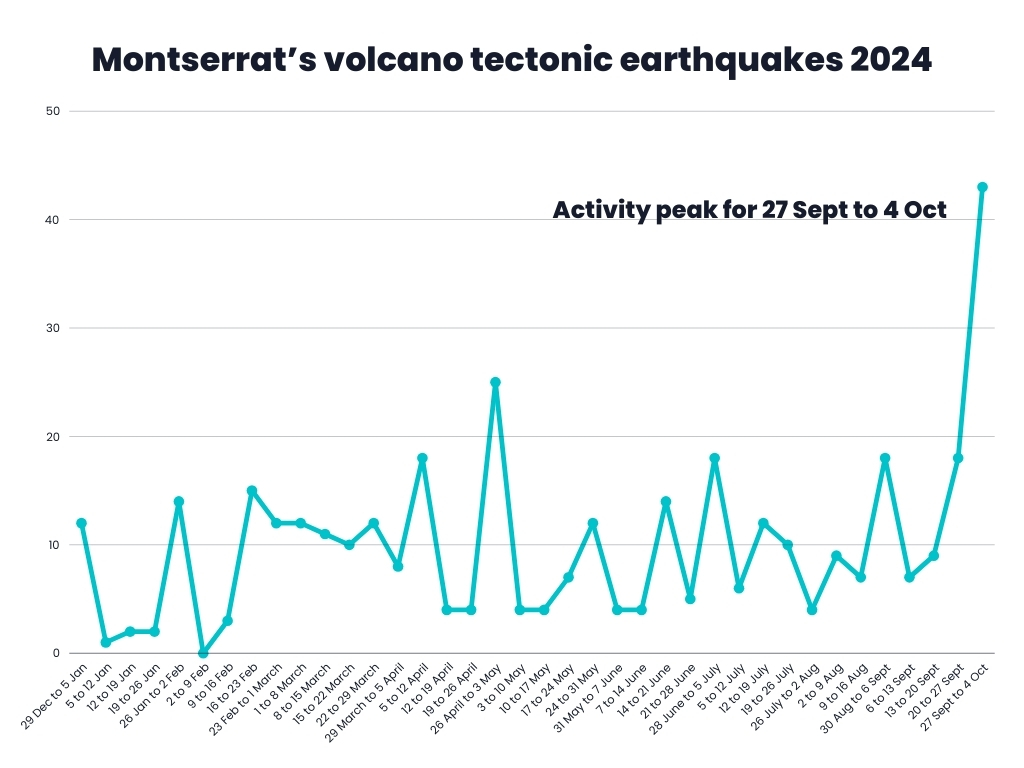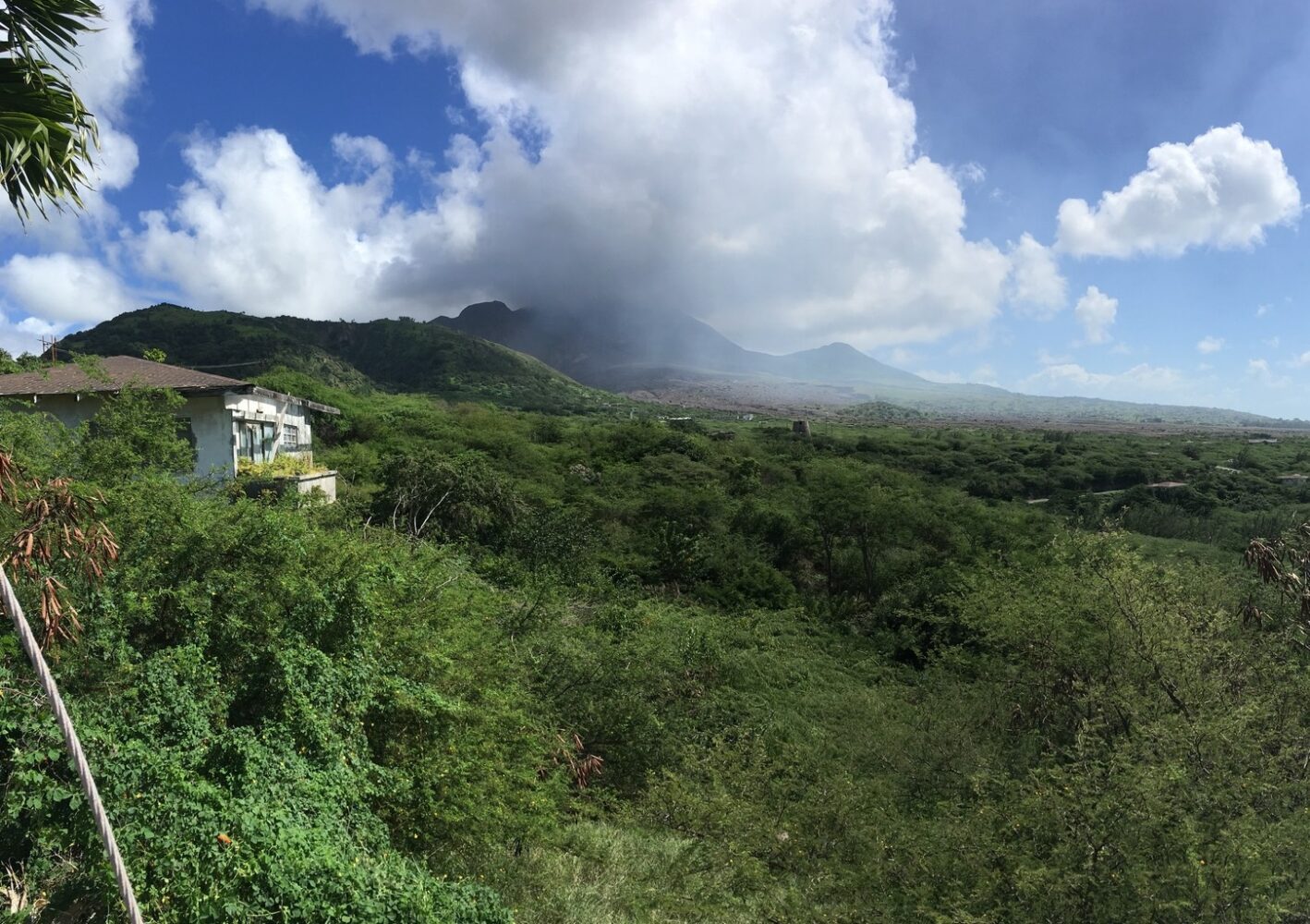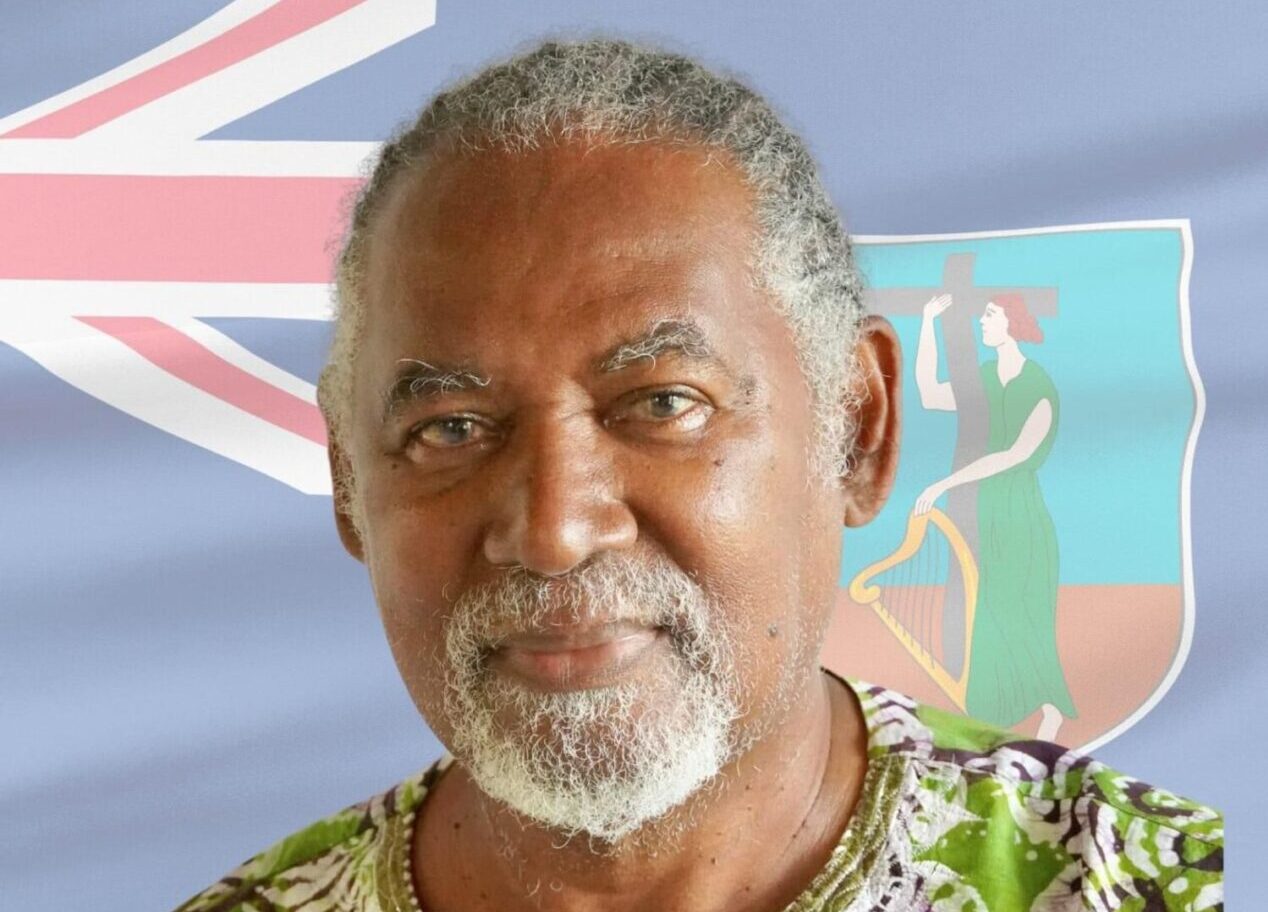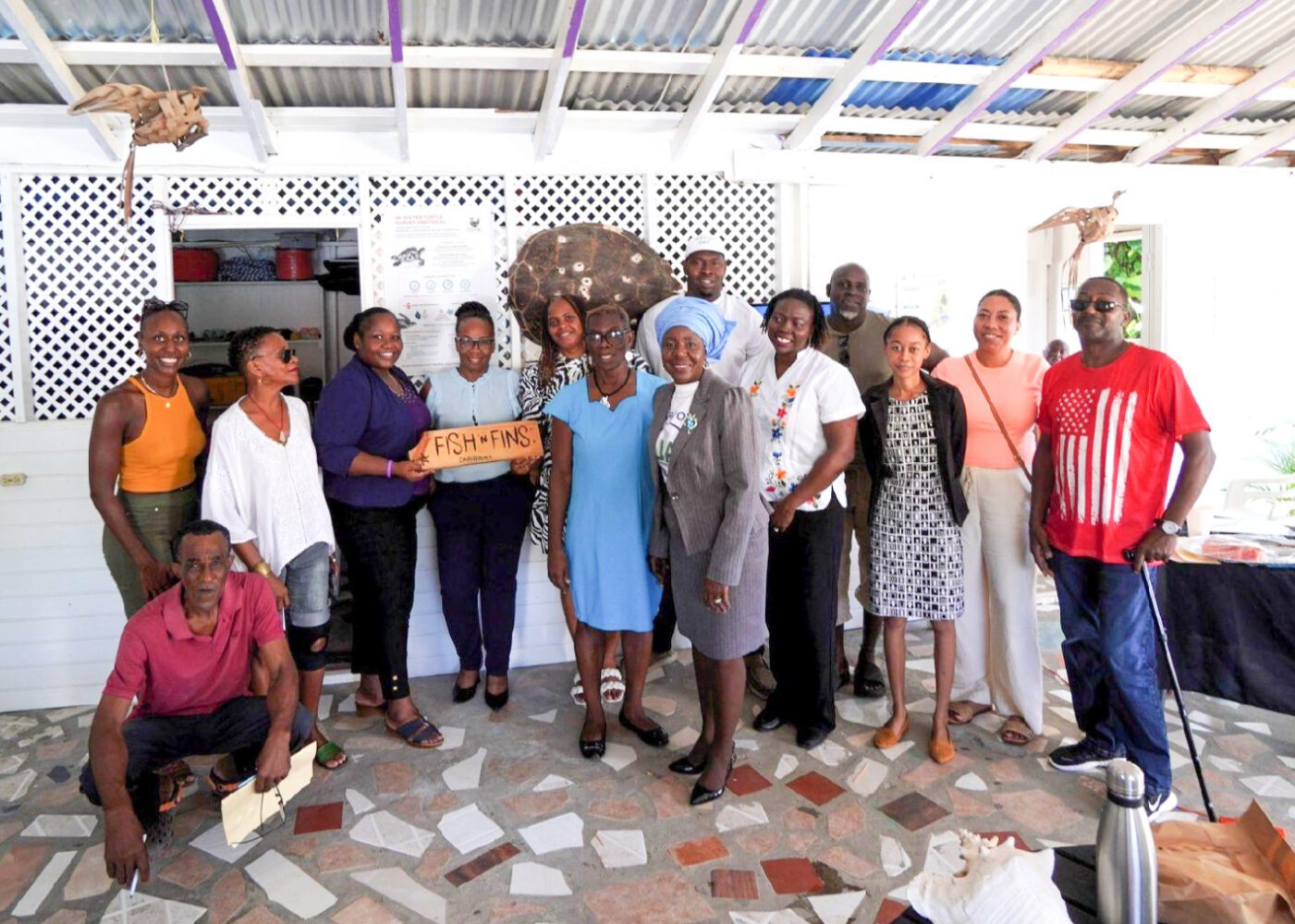The Montserrat Volcano Observatory recorded 43 volcano tectonic earthquakes and one hybrid earthquake on the island over the past week.
The number of earthquakes between 27 September and 4 October was the third highest since the current pause in volcanic activity began in February 2010.
However, volcanic activity at Soufrière Hills remains low, the Disaster Management Coordination Agency said in a Facebook statement on 4 October.
Two thirds – 28 – of these earthquakes occurred in brief swarms on 28 and 29 September. They were relatively small, with the largest having a magnitude of 2.2.
The week prior, the observatory recorded 18 volcano tectonic earthquakes and the four week average up to that date was just 13.

The highest peak in activity in the past 14 years took place in March 2012 when experts recorded 103 earthquakes, visible short-term changes to fumarole activity and some ash venting.
The second was the week of 7 to 14 March 2014 when the observatory noted 62 volcano tectonic earthquakes, one hybrid earthquake, and one long-period earthquake.
No indication of eruption
MVO director Dr Graham Ryan told Montserrat Focus that since 2019, there have been noticeable increases in some monitoring parameters, such as the weekly number of volcanic earthquakes.
“These increases indicate that the volcano remains in a state of unrest, and there remains a possibility of future eruptive activity,” he wrote in an email.
“However, we expect to see distinct precursory signs before any eruptive activity, and since these signs have not been observed, there is no indication that an eruption is imminent.
“The number of volcanic earthquakes varies weekly. While last week’s count was on the higher side, it is within the range of values recorded during the current pause in activity which began in 2010.”
He added that it had not been possible to make an SO2 flux measurement during the same week due to the very light winds.
Weak shaking
According to the Pacific Northwest Seismic Network, volcano tectonic earthquakes are often caused by a slip on a weak fault near a volcano.
It explains that they can also be generated from changes of pressure under the volcano caused by the injection or removal of magma from the volcanic system.
While these earthquakes can cause damage, they usually do not due to their small size which produces weak shaking, the network says.
However, significant activity can be an early indication of volcanic unrest or the movement of magma, which might eventually lead to an eruption if other factors are present.
Meanwhile, hybrid earthquakes exhibit characteristics of both volcano tectonic earthquakes and volcanic tremors.
Exclusion zones
In its weekly report, the Montserrat Volcano Observatory asked the public to be aware of the existing exclusion zones around Soufrière Hills that are in place during hazard level one.
“Due to the large size of the lava dome, pyroclastic flows can occur at any time without warning on any side of the volcano, including Gages from where they can travel rapidly into Plymouth,” it said.
“Tracks across the Belham Valley can be destroyed or heavily modified by flash flooding or lahars, and caution should be exercised crossing the valley during and after rainfall.”
There is no public access to Zone V, including Plymouth. Maritime Zones E and W are daytime transit only between sunrise and sunset (boats may sail through the zone but must not stop).
Anyone who ignores these restrictions may be prosecuted.
A map and further details of restricted zones are available from the Montserrat Volcano Observatory here.
Guidance on how to plan and prepare for earthquakes is available on the UWI Seismic Research Centre website here.
Guidance on how to plan and prepare for volcanic activity is available on the Montserrat Volcano Observatory website here.
EDITOR’S NOTE: This article was updated at 8.30pm on 7 October to include the number of earthquakes on the two weeks with the highest activity in the past 14 years.
It was also update at 11am on 8 October to include the response from MVO director Dr Graham Ryan.





